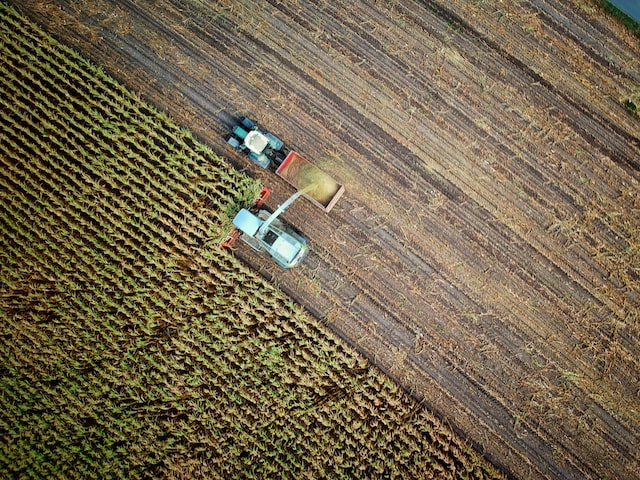AI software, or artificial intelligence, is a form of technology that simulates human intelligence, including learning, reasoning, and problem-solving. Its benefits have been realized across various industries, including healthcare, finance, and now agriculture. Autonomous agriculture, powered by AI, has the potential to revolutionize the industry, improving efficiency, productivity, and sustainability.
In this article, we will explore the current state of agriculture, the potential of AI in agriculture, examples of successful AI implementations, the concept of autonomous agriculture, and its benefits, challenges, and limitations.
The Current State of Agriculture
Modern agriculture is facing numerous challenges, including climate change, water scarcity, and population growth, among others.
The increasing demand for food, coupled with the limitations of traditional farming methods, has made it difficult for farmers to meet the demand sustainably. However, technology has been playing a vital role in addressing these challenges.
Advanced machinery and equipment, precision agriculture, and remote sensing technologies are among the technologies that have been improving efficiency and productivity in agriculture.
AI and Agriculture
AI has the potential to take agriculture to the next level by enabling predictive analytics, precision farming, and autonomous agriculture.
Predictive analytics involves using historical data to predict future events, such as weather patterns or crop yields, enabling farmers to make informed decisions.
Precision farming involves using sensors, GPS, and other technologies to gather data about soil and crop conditions, allowing farmers to make precise decisions on irrigation, fertilization, and other farming practices.
Examples of successful AI implementations in agriculture include predictive analytics for crop health and yield, crop disease detection, and pest management. These AI systems are powered by machine learning algorithms that analyze data from sensors, satellites, and other sources to provide accurate and timely information to farmers.

Autonomous Agriculture
Autonomous agriculture involves the use of AI-powered machinery and equipment that can operate without human intervention. These machines use sensors and machine learning algorithms to make decisions on tasks such as planting, harvesting, and irrigation.
The benefits of autonomous agriculture include increased efficiency, reduced labor costs, and improved yield and quality.
Examples of autonomous agriculture systems include self-driving tractors, drones for crop monitoring, and robotic harvesters. These systems are already in use in some parts of the world and have demonstrated significant improvements in efficiency and productivity.
Challenges and Limitations
Despite the potential benefits of autonomous agriculture, there are also potential challenges and limitations. One challenge is the cost of implementing these systems, which may be too high for some farmers. Another challenge is the ethical considerations surrounding the use of AI in agriculture, such as data privacy and ownership.
Additionally, the current state of AI technology in agriculture has some limitations, including the lack of data interoperability, the need for large amounts of data, and the lack of diversity in data sources. These limitations may hinder the scalability and adoption of autonomous agriculture systems.
Conclusion
In conclusion, AI and autonomous agriculture have the potential to revolutionize the agriculture industry, improving efficiency, productivity, and sustainability. However, there are still challenges and limitations that need to be addressed.
As technology continues to advance, there is a need for further exploration and development of AI in agriculture to unlock its full potential. The implications for the future of agriculture are significant, and it is crucial that we continue to invest in and support the development of these technologies.


